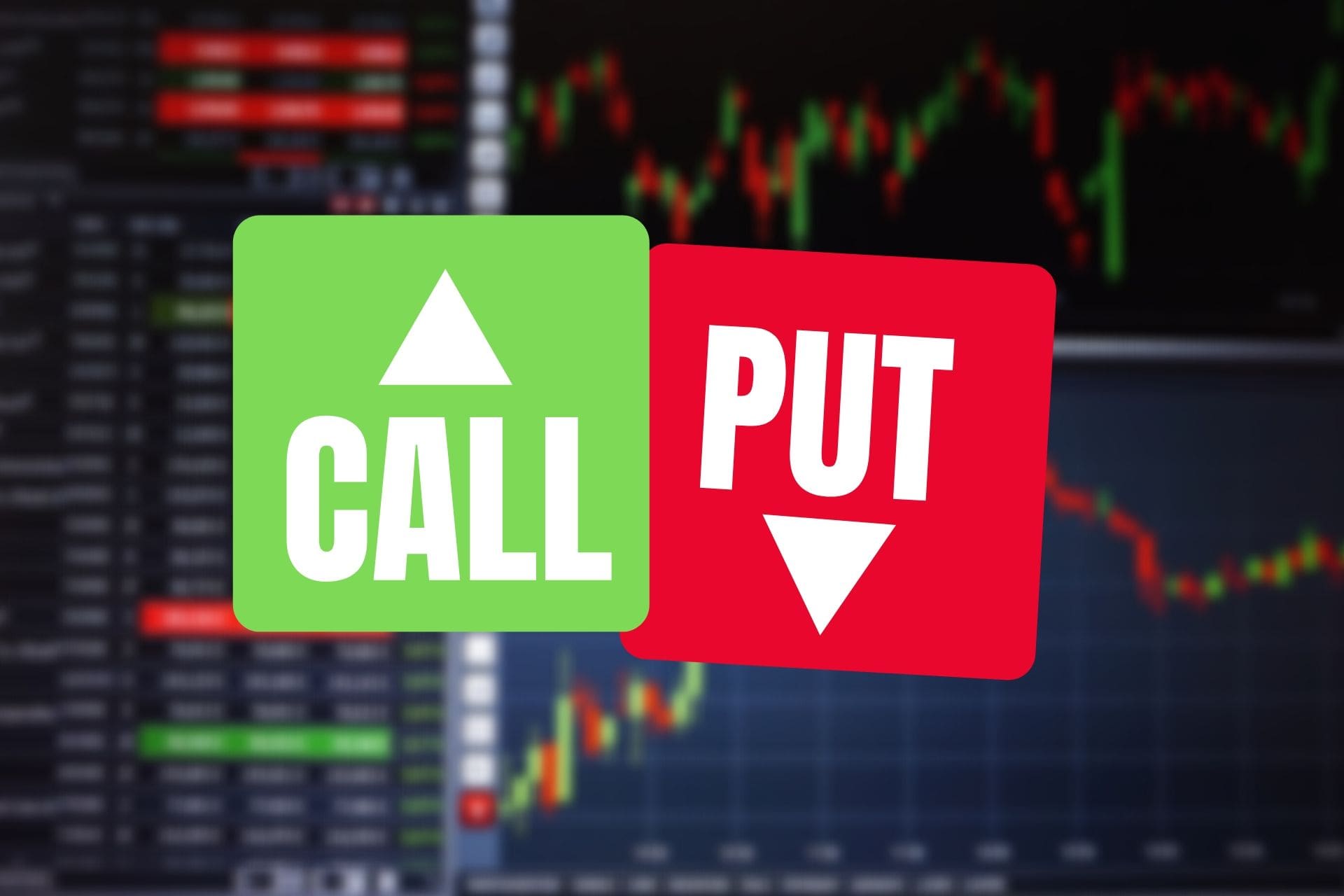Options trading involves analyzing complex market dynamics and making informed decisions amidst price fluctuations. Understanding how to read and interpret option trading graphs is crucial for options traders to maximize their potential success in this multifaceted market. This article delves into the fundamentals of option trading graph concepts, offering a comprehensive overview of chart patterns, technical indicators, and strategies for visualizing market behavior.

Image: tradebrains.in
Navigating the World of Option Trading Graphs
Option trading graphs, often displayed as line or candlestick charts, provide a visual representation of price movements over time. These graphs depict the price action of option contracts, revealing historical price patterns and trends. Traders rely on these charts to identify potential trading opportunities and make informed decisions about when to enter or exit the market.
Option trading graphs are composed of multiple elements, each contributing to the overall picture of market behavior. These elements include:
- Price Axis: The vertical axis of the option trading graph represents the price of the underlying asset.
- Time Axis: The horizontal axis of the graph displays the corresponding time period for the price data.
- Data Points: Individual data points on the graph represent the closing price of the option contract at a specific time.
- Chart Patterns: Specific formations and patterns in the price data can provide insights into potential market trends.
- Technical Indicators: Mathematical calculations overlaid on price data to identify trends and potential trading signals.
Chart Patterns: Deciphering Market Moves
Chart patterns are repetitive price formations that appear on option trading graphs, providing insights into potential market movements. Here are the most common chart patterns:
- Trend Lines: Straight lines connecting two or more price points, indicating an upward or downward market trend.
- Support and Resistance Levels: Horizontal lines representing price levels at which the asset has historically encountered significant buying or selling pressure.
- Triangle Patterns: Price patterns characterized by a narrowing price range, signaling a potential breakout or reversal.
- Flags and Pennants: Consolidation patterns that indicate a temporary pause in an ongoing trend, often followed by a breakout continuation.
- Double or Triple Tops/Bottoms: Reversal patterns indicating potential trend reversals at specific price levels.
Technical Indicators: Enhancing Trading Insight
Technical indicators are mathematical calculations plotted on the chart to provide additional insights and trading signals. Here are some widely-used technical indicators:
- Moving Averages: Smoothing out price fluctuations, highlighting underlying trends.
- Relative Strength Index (RSI): Measuring the strength or weakness of a trend based on price changes.
- Bollinger Bands: Bands that indicate overbought or oversold market conditions based on standard deviation.
- Stochastic Oscillator: Comparing closing prices to recent price ranges to identify potential turning points.
- MACD (Moving Average Convergence Divergence): Assessing the relationship between two exponential moving averages to gauge momentum.

Image: www.pinterest.ph
Visualizing Option Trading Strategies
Option trading graphs empower traders to implement and visualize various trading strategies. Here are two common strategies:
- Breakout Trading: Identifying and trading on price breakouts from established chart patterns, anticipating continuation or reversal moves.
- Mean Reversion Trading: Exploiting deviations from historical price averages, trading on the assumption that the market will eventually revert to its long-term mean.
Option Trading Graph Concep

Image: www.dreamstime.com
Harnessing the Power of Option Trading Graphs
Option trading graphs are indispensable tools for options traders, providing a visual representation of market dynamics. By understanding chart patterns, technical indicators, and trading strategies, traders can make more informed decisions and navigate market fluctuations with increased confidence. Remember, as with any trading endeavor, thorough analysis and understanding of the underlying market forces is key to maximizing your trading potential.






